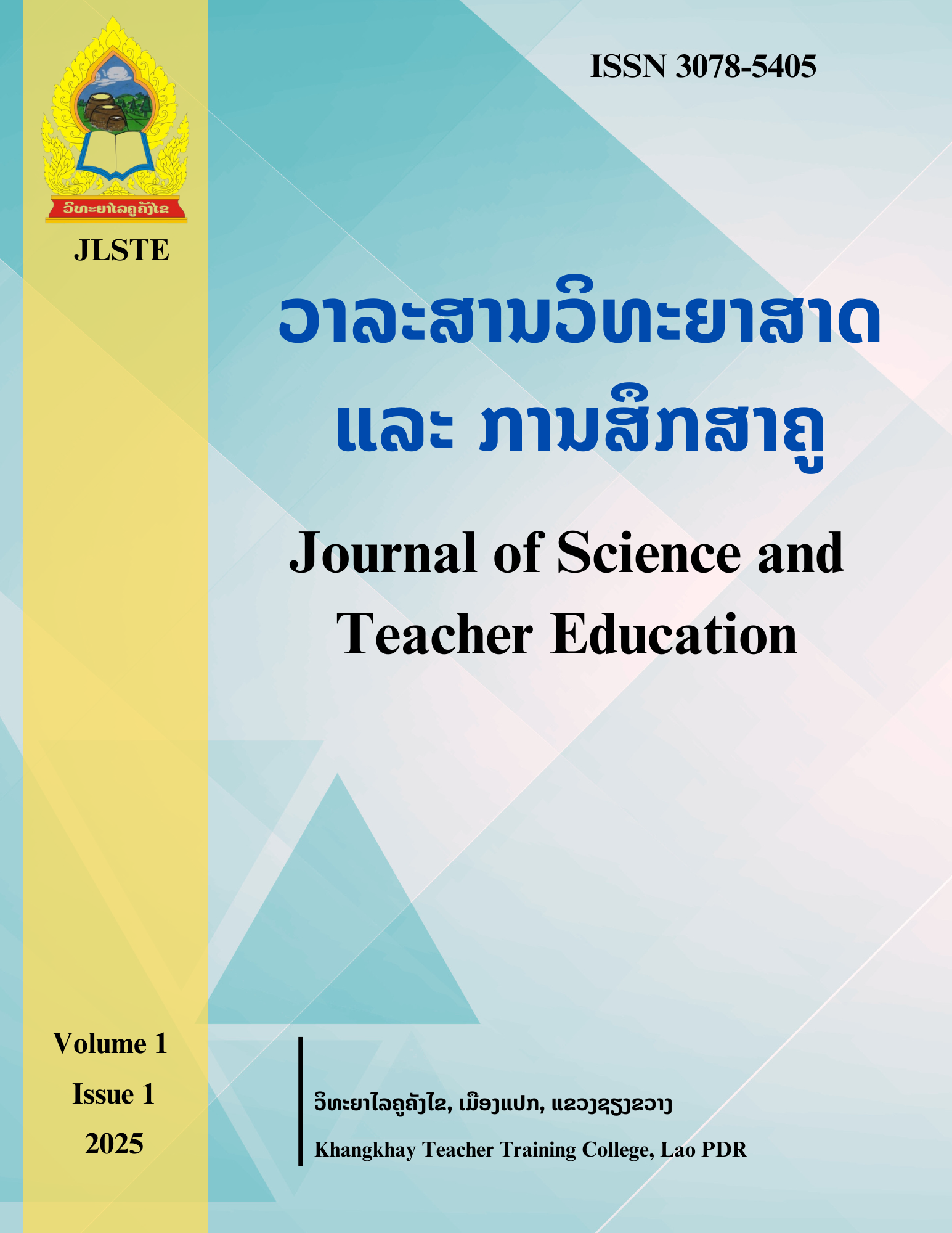Comparing Simulation-Based and Traditional Teaching Approaches in Improving Students’ Learning Outcomes and Attitudes toward Newton’s Laws
DOI:
https://doi.org/10.5555/2qwe8z19Keywords:
Simulation-based learning, Newton’s Laws, student engagement, conceptual understanding, physics educationAbstract
This research explores how simulation-based learning influences students’ understanding and engagement with Newton’s Laws of Motion. Using a quasi-experimental approach, the study compared two groups: one receiving traditional lecture-based instruction and the other learning through interactive physics simulations. Results showed that students in the simulation-based group achieved significantly higher post-test scores (80.82) compared to those in the control group (74.21) (p < 0.05), indicating a stronger grasp of Newtonian mechanics. Additionally, survey results revealed that the experimental group exhibited greater engagement, with an average attitude score of 4.15 versus 3.25 in the control group (p < 0.05). Qualitative feedback further reinforced these findings, as students in the simulation-based group expressed enthusiasm for the interactive approach, emphasizing how real-time visualizations and hands-on variable manipulation enhanced their comprehension. However, challenges such as technological limitations, the need for adequate teacher training, and the restricted development of hands-on experimental skills were noted as obstacles to widespread adoption. The study proposes a hybrid instructional model that integrates both traditional teaching and simulation-based learning to maximize effectiveness. Future research should address these challenges and explore scalable implementation strategies to ensure equitable and efficient use of simulation-based learning in physics education.




